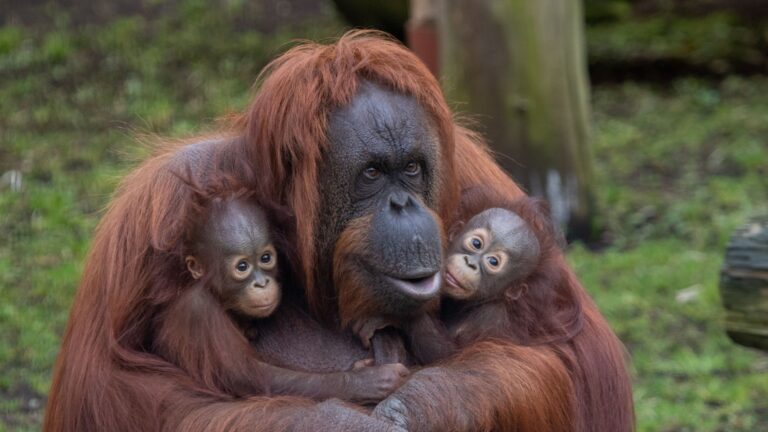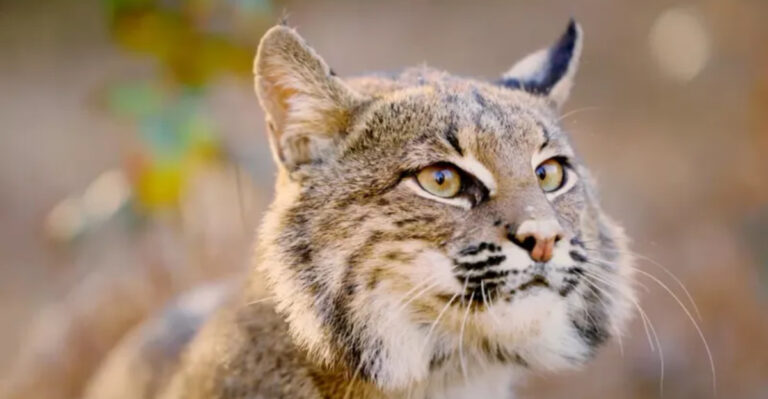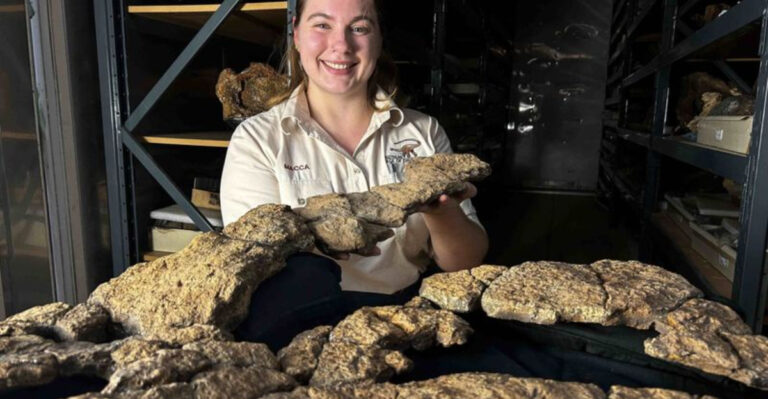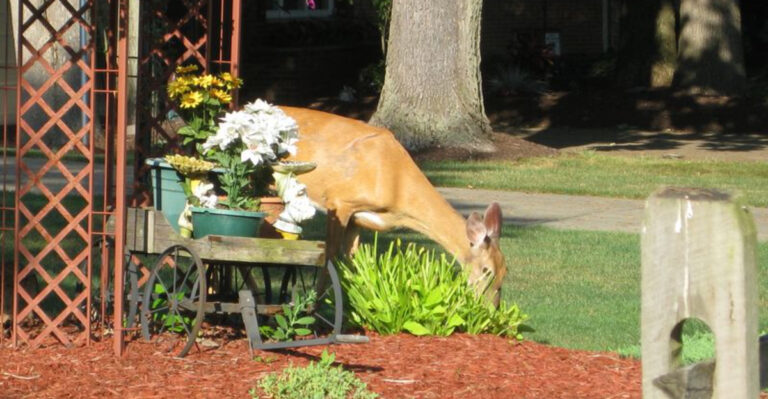13 Surprising Things You Didn’t Know About Rabbits
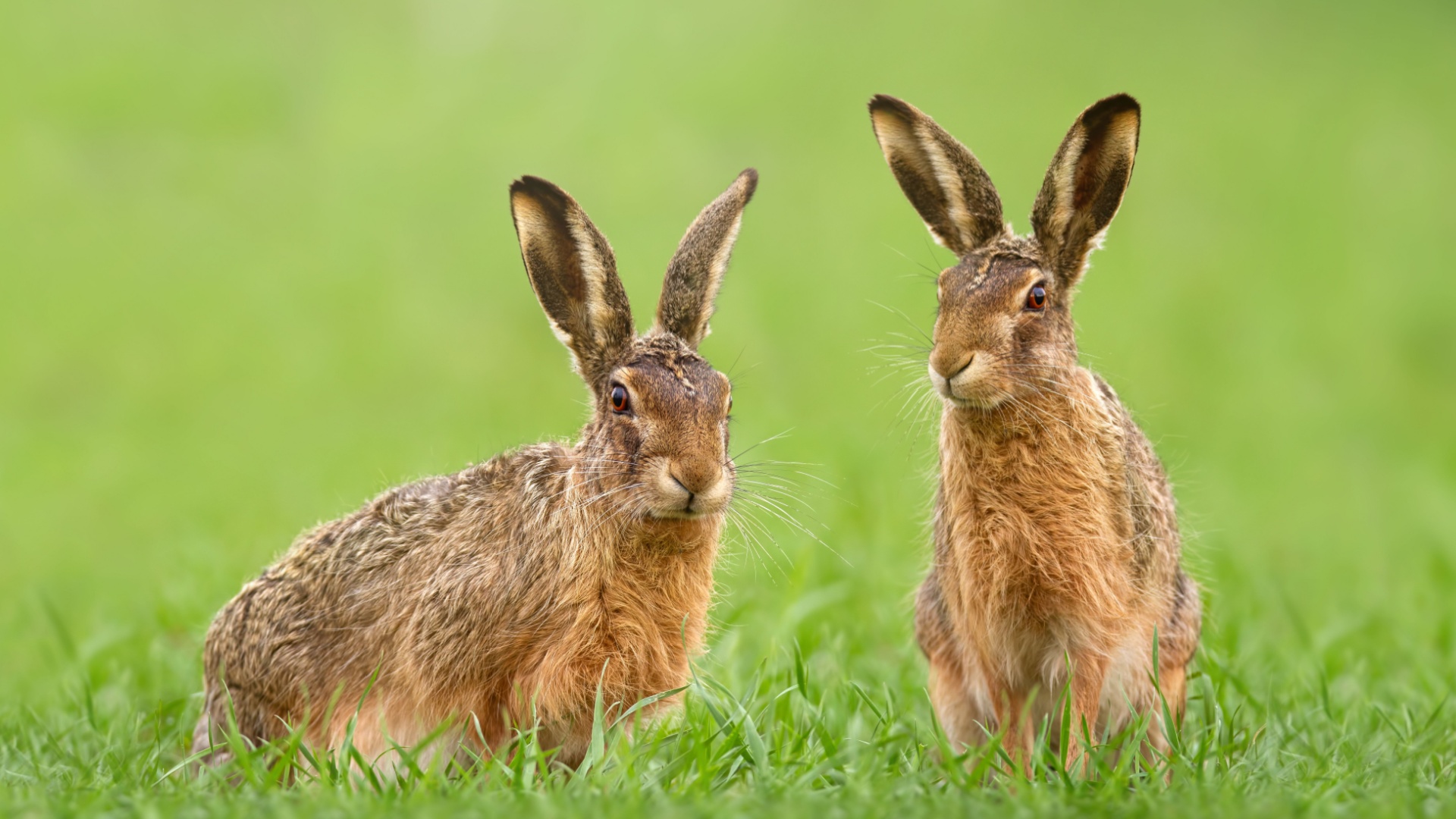
Rabbits may seem like simple, fluffy creatures, but there’s more to them than twitching noses and adorable hops!
These curious animals have some truly unexpected traits – from their impressive sense of smell to their unique way of digesting food, rabbits have some truly unexpected traits (spoiler: it’s a little weird!).
Think you know everything about rabbits? Get ready to be surprised as we hop into some fascinating facts about these lovable and surprisingly complex creatures!
1. Rabbits Have Nearly 360-Degree Vision
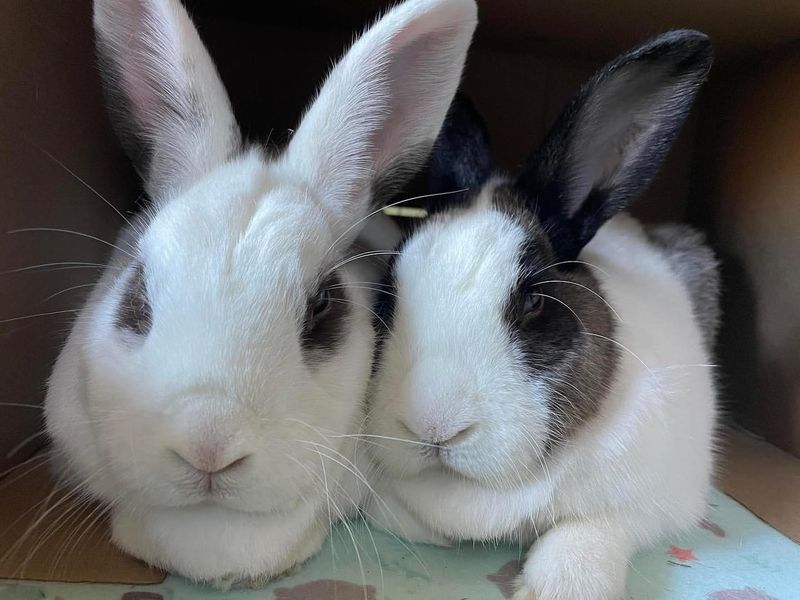
Imagine having the ability to see almost everything around you without turning your head! Rabbits are born with the gift of nearly 360-degree vision, which they use to spot predators swiftly. Their eyes are strategically positioned on the sides of their heads, giving them an incredible field of view. This unique trait allows them to be vigilant and aware at all times, making it difficult for any sneaky predator to catch them off guard.
However, this amazing vision comes with a tiny blind spot right in front of their noses. A rabbit’s world is fascinatingly visual, but it does require them to be extra cautious in certain situations. If you’ve ever wondered why they move their heads in such peculiar ways, now you know!
Seeing the world through a rabbit’s eyes would indeed be a surreal experience. This panoramic vision is one of the many defensive tools in their survival kit. Their ability to detect movement from various angles makes them expert escape artists in the wild. It’s like having a personal security system built right into their eyes!
2. Rabbits Communicate Through Body Language
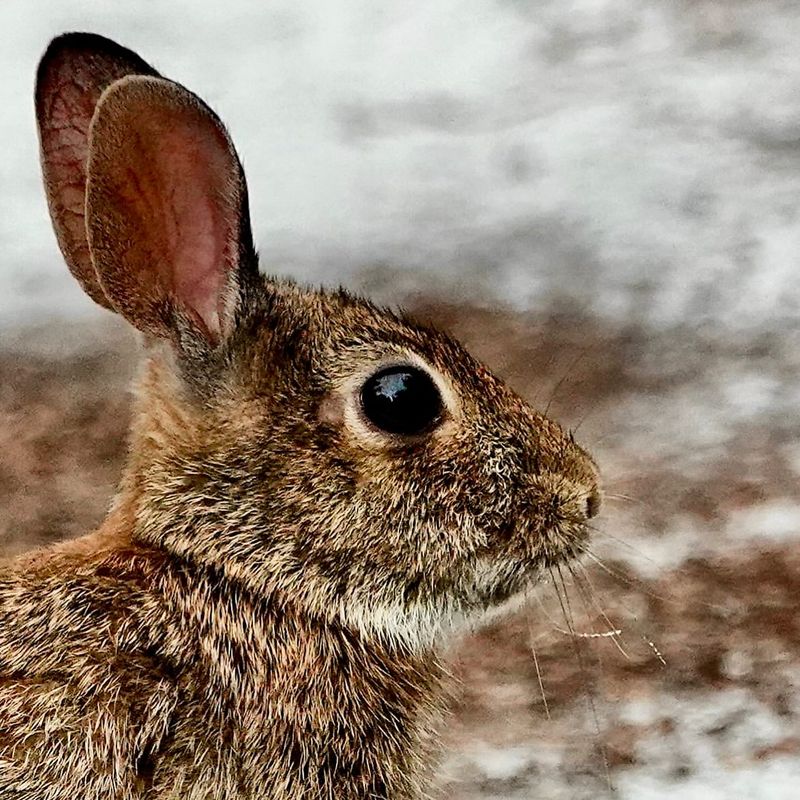
Without uttering a sound, rabbits can hold entire conversations. They communicate with one another primarily through body language, using subtle gestures to express a wide range of emotions and intentions. From thumping their hind legs to twitching their noses, every movement has a meaning. This silent communication is crucial for their survival in the wild.
One of the most well-known signals is the thump of a rabbit’s hind leg. It’s like Morse code for danger, alerting other rabbits to nearby threats. Nose twitching, on the other hand, helps them gather scents from the environment while also conveying curiosity or excitement.
Understanding these signals can deepen your connection with a pet rabbit. By being attentive to their body language, you can respond appropriately to their needs, creating a more harmonious relationship.
This intricate, non-verbal dialogue is just one of the many ways rabbits have adapted to thrive in their habitats. Who knew that such a quiet creature could have so much to say?
3. Rabbits Are Natural Yogis
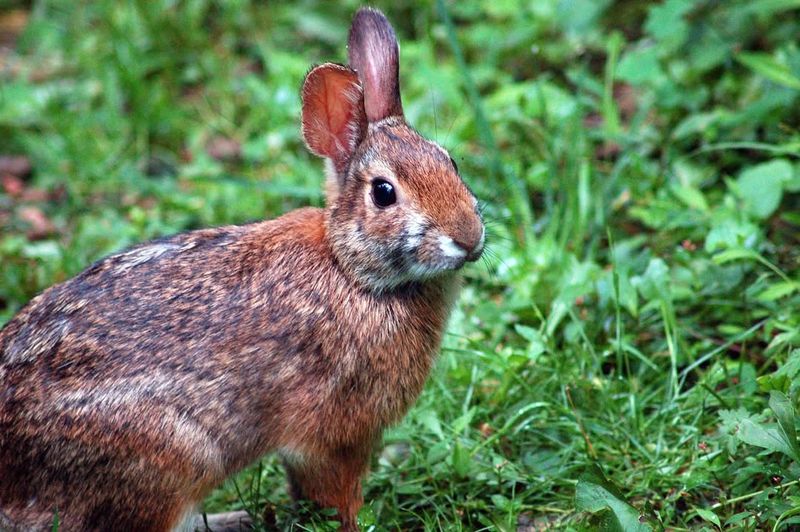
You might not expect it, but rabbits are quite the yogis of the animal kingdom. Their flexibility is extraordinary, allowing them to perform stretches and positions that even seasoned yoga practitioners might envy. This natural ability is not just for show; it plays a vital role in their daily lives.
These stretching routines help rabbits maintain their agility and keep their muscles in top condition. It’s a survival mechanism that ensures they can make those quick dashes to safety when needed. If you observe a rabbit closely, you’ll notice them engaging in a variety of stretches throughout the day.
The next time you see a rabbit lounging comfortably, remember that they’re not just resting; they’re preparing for their next sprint. This hidden talent of theirs is a testament to their evolutionary success. Whether they’re leaping gracefully or simply stretching in the sun, rabbits are always in tune with their bodies, much like seasoned yoga enthusiasts.
4. Rabbits Can Purr
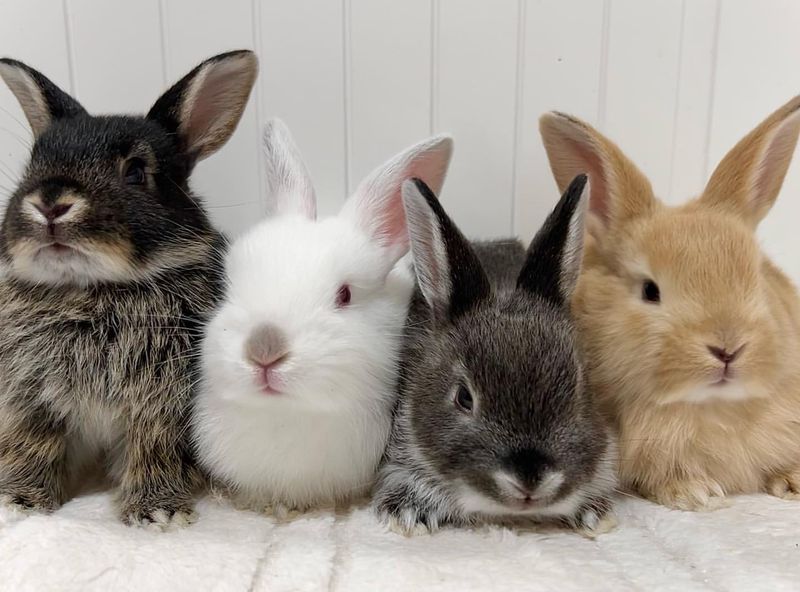
Move over, cats! Rabbits can purr too, but not in the way you might expect. When a rabbit is entirely content and relaxed, it will start to grind its teeth gently, creating a soft purring sound. This behavior is a sign of happiness and comfort, akin to a cat’s purr.
The sound is subtle and often goes unnoticed, but for rabbit enthusiasts, it’s a delightful indicator of a happy bunny. To witness this, one must be in a quiet environment, as the purring is not as pronounced as a feline’s version.
Understanding this behavior can help rabbit owners ensure their pets are at ease. Creating a cozy and stress-free environment will often result in a purring, content rabbit. It’s one of those charming little secrets that make rabbits such endearing companions.
This unique form of expression adds another layer to the complex emotional world of these fascinating creatures. Who knew rabbits had such a sophisticated way of showing their joy?
5. Rabbits Can’t Vomit
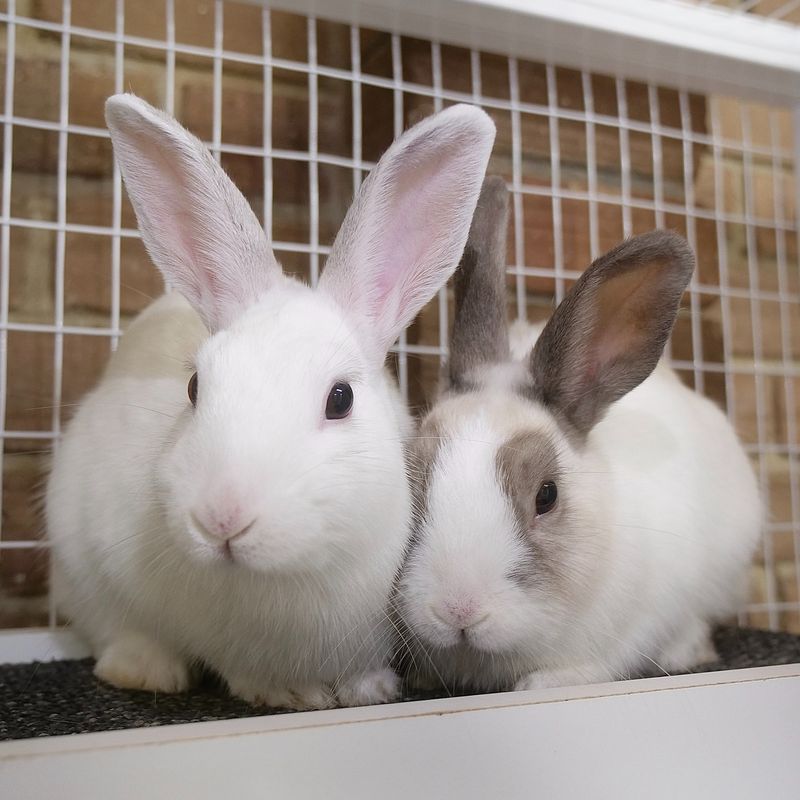
Unlike many other animals, rabbits cannot vomit. This surprising fact is due to a physiological quirk where their stomach muscles are not capable of the reverse contractions required for vomiting. While this might seem advantageous, it actually means they must be extremely careful about what they consume.
A rabbit’s diet needs to be strictly monitored to prevent them from ingesting anything harmful. Their inability to vomit makes them more prone to digestive issues like blockages, which can be life-threatening.
Pet owners must ensure their bunnies have a diet rich in hay and fiber to keep their digestive systems running smoothly. Regular vet check-ups are also essential to catch any potential problems early on. This unique characteristic is a reminder of the special care rabbits require. Their delicate systems demand attention and understanding, making them a pet that thrives under knowledgeable care.
6. Masters Of Reproduction
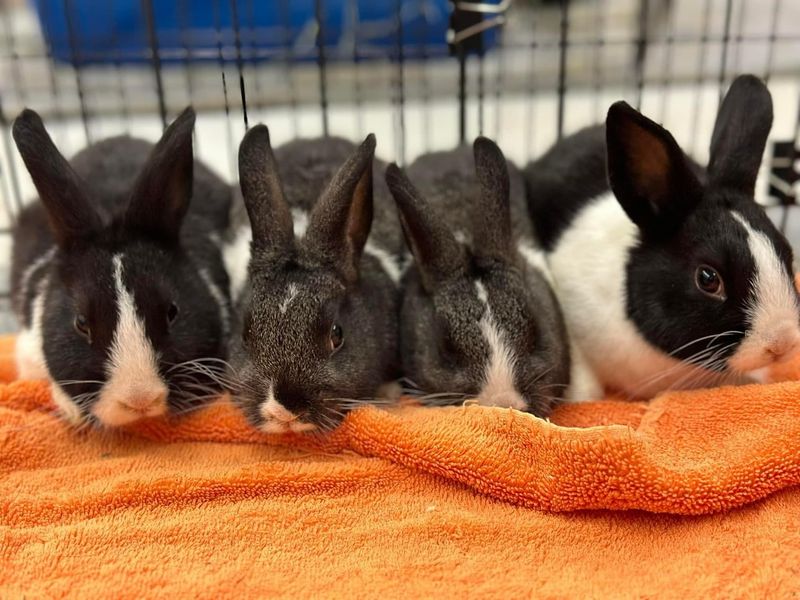
When it comes to reproduction, rabbits truly excel. Known for their prolific breeding habits, they can reproduce at a rate that can quickly lead to large populations. This ability is a natural adaptation to their historically high predation rates in the wild.
A single female rabbit, or doe, can give birth to several litters each year, with each litter containing multiple kits. It’s nature’s way of ensuring that rabbits can continue to thrive even in challenging environments.
For pet owners, understanding this aspect is crucial to prevent unexpected expansions in their rabbit families. Responsible pet care involves spaying or neutering to manage their numbers effectively. This reproductive prowess is a marvel of nature, showcasing rabbits’ resilience and adaptability. It’s no wonder the phrase “breeding like rabbits” has become synonymous with rapid reproduction!
7. Rabbits Are Crepuscular
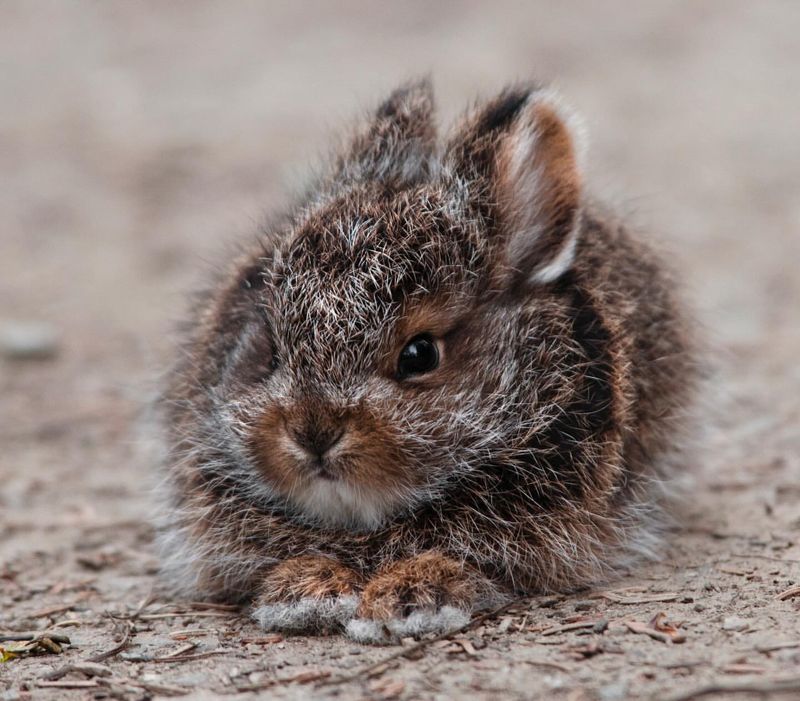
Rabbits have a preference for the magic hours of dawn and dusk. Known as crepuscular creatures, they are most active during these periods when the light is low. This behavior helps them avoid predators that hunt during the day or night.
Being crepuscular allows rabbits to take advantage of the cooler temperatures and the cover of dim light to forage for food. It’s a strategic adaptation that increases their chances of survival in the wild. For rabbit owners, this means understanding their pet’s natural rhythms and adjusting care routines accordingly.
Providing a stimulating environment during these active hours can enhance a rabbit’s well-being. So, the next time you’re up early or enjoying a sunset, remember that rabbits are reveling in their prime time. This natural habit is one of many that underline the fascinating complexity of rabbit life.
8. Strong Sense Of Smell
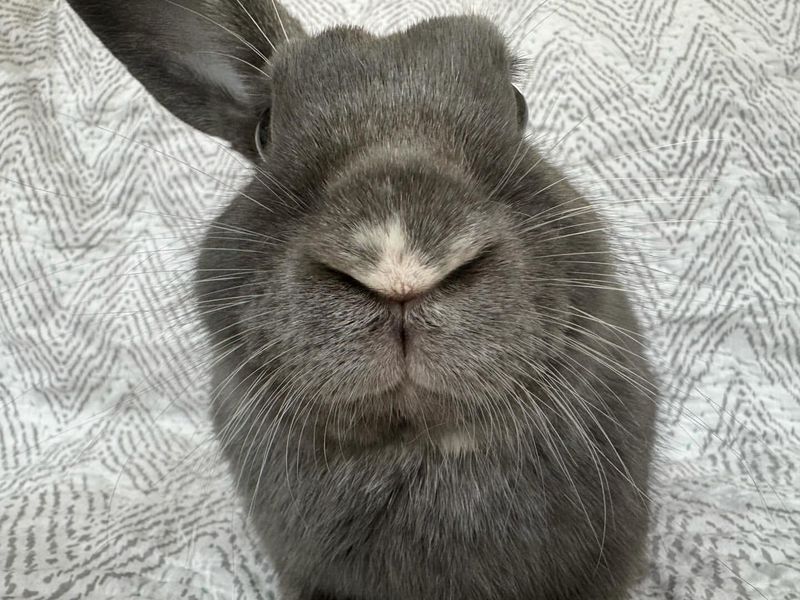
Rabbits possess an exceptional sense of smell, which they rely on heavily for survival. Their noses are in constant motion, twitching to detect scents in their environment. This keen sense of smell helps them locate food and identify potential threats.
A rabbit’s olfactory abilities are finely tuned, allowing them to pick up on the subtlest of scents. This is why they are often seen sniffing around with great intent. It’s an essential tool for their safety and well-being. For those who share their homes with rabbits, understanding this trait can improve interactions.
Offering scent-rich toys or environments can stimulate their curiosity and enhance their quality of life. With such an acute ability to smell, rabbits are always aware of their surroundings, ensuring they stay one hop ahead of danger.
9. Rabbits’ Teeth Never Stop Growing
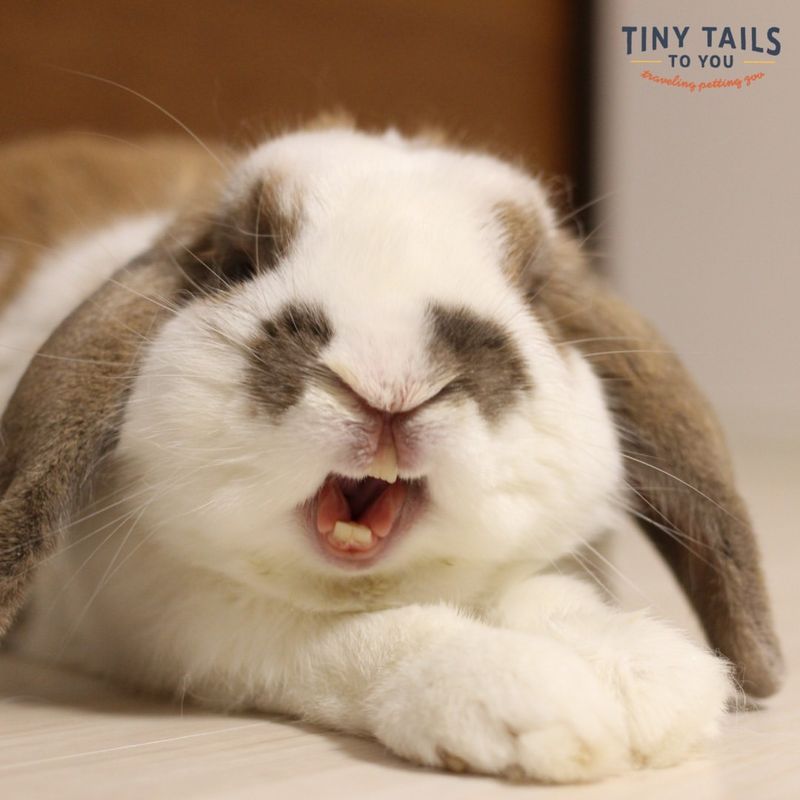
These animals have a dental secret that might surprise you: their teeth never stop growing! This continuous growth means they must constantly gnaw on objects to keep their teeth from becoming too long and causing health issues. This trait is an adaptation to their natural diet, which includes tough, fibrous plants that naturally wear down their teeth.
In captivity, providing chew toys and fibrous food is essential to maintain dental health. When considering a rabbit as a pet, recognizing the importance of dental care is crucial. Regular checks and a diet that promotes natural tooth wear can prevent painful dental problems.
This never-ending dental development is just one more feature that makes rabbits uniquely fascinating. It’s a reminder of how beautifully adapted they are to their environments, both wild and domestic.
10. Social Animals
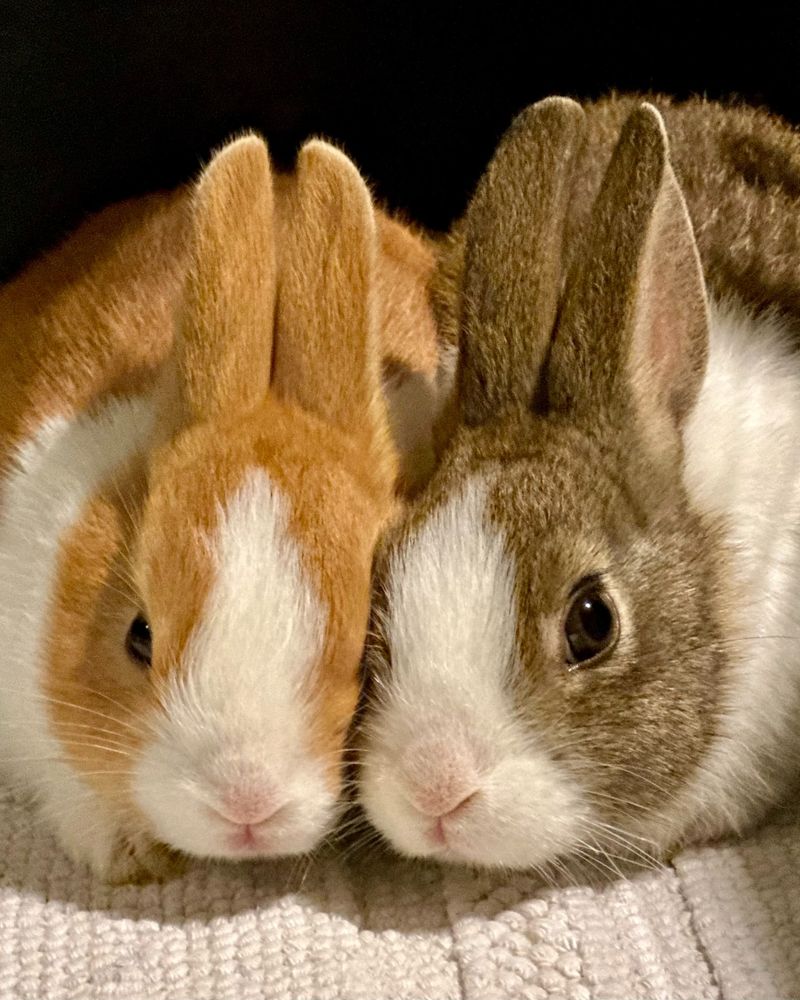
Despite their quiet demeanor, rabbits are incredibly social creatures. They thrive in the company of others and can form strong bonds with both humans and fellow rabbits. This social nature is an important aspect of their well-being.
In the wild, rabbits live in groups called warrens, where they cooperate and communicate with one another. This social structure helps them protect each other from predators and ensures a ready supply of companionship.
For pet owners, recognizing their rabbit’s need for social interaction can lead to a more content and satisfied pet. Providing opportunities for play and companionship can greatly enhance their quality of life. This hidden social side of rabbits reveals their need for connection and community, making them even more endearing as companions.
11. Rabbits Are Capable Of Jumping Over 3 Feet High
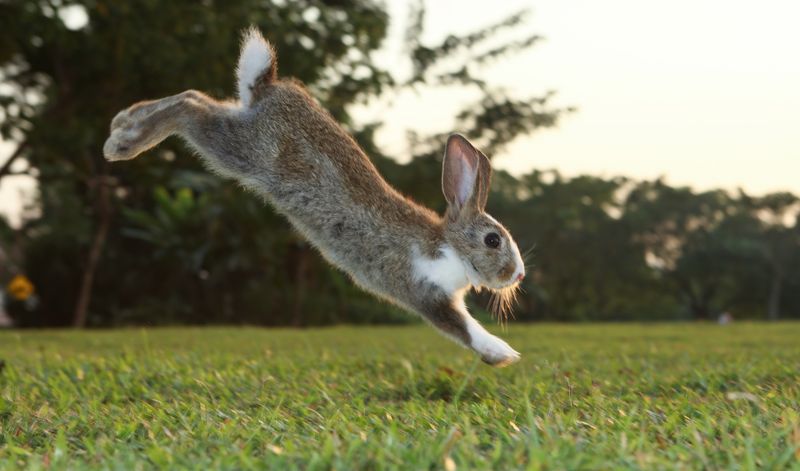
Rabbits are not only fast runners, but they are also excellent jumpers. They can leap over three feet high in a single bound, showcasing their incredible agility and strength. This ability is crucial for escaping predators and navigating their environments.
Their powerful hind legs are designed for quick bursts of speed and impressive jumps, allowing them to traverse various landscapes with ease. It’s a skill that has evolved to help them survive in the wild. For those with pet rabbits, understanding their need for space to exercise this natural talent is important.
Providing an environment that allows for jumping and running can lead to a healthier and happier rabbit. This high-flying fact about rabbits is a testament to their remarkable physical capabilities. It’s no wonder they are considered one of nature’s most agile creatures.
12. Unique Digestion Process
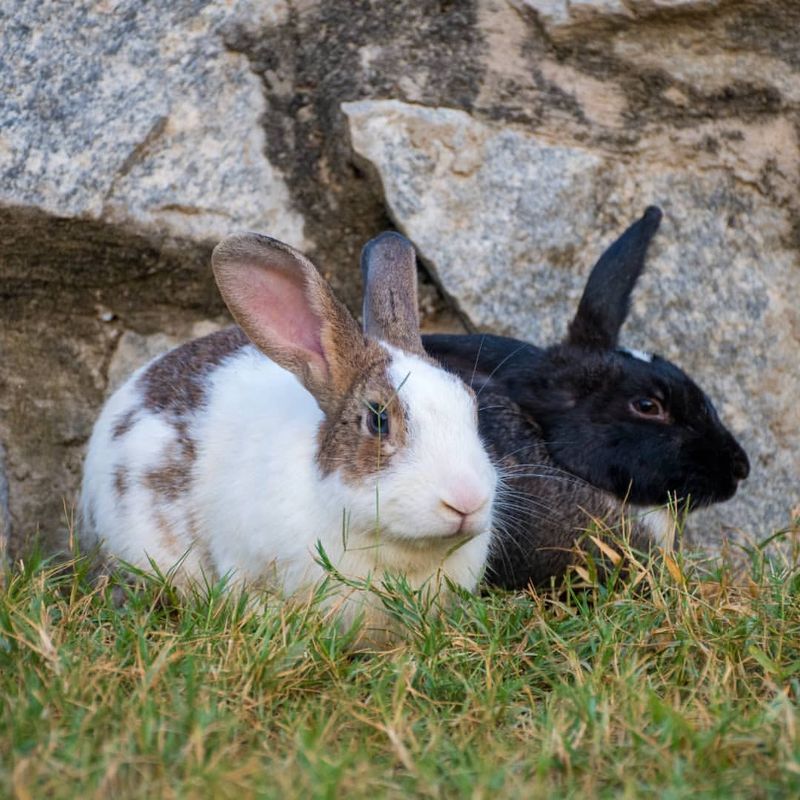
Rabbits have a rather unusual way of processing their food, involving a unique digestive process that includes re-ingesting certain droppings. These special droppings, known as cecotropes, are nutrient-rich and vital for their health.
The process might seem odd, but it’s an essential part of a rabbit’s diet that allows them to extract maximum nutrition from their food. By consuming cecotropes, they recycle nutrients that were not absorbed the first time around.
This is a fascinating glimpse into the complex biology of rabbits, highlighting their unique adaptations for survival. This unusual digestive method is just one more aspect that makes rabbits wonderfully unique creatures.
13. Rabbits Have Sensitive Hearing
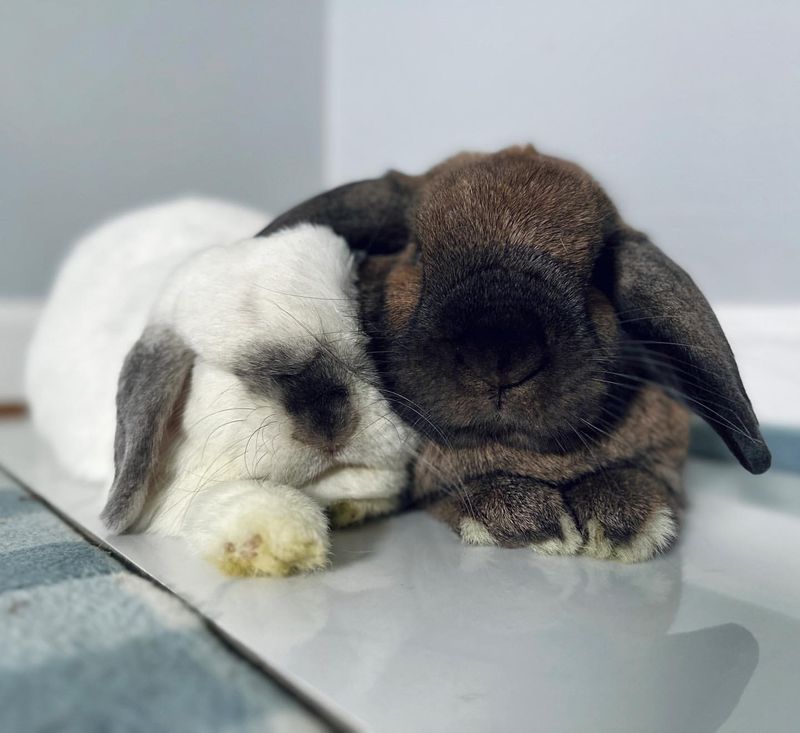
Rabbits are equipped with highly sensitive ears that can pick up the faintest of sounds. Their ears can rotate almost 270 degrees, helping them pinpoint the exact location of a noise. This acute hearing is essential for detecting predators.
Their large, upright ears are not only functional but also iconic features that make rabbits instantly recognizable. This ability to detect sounds from far away increases their chances of survival in the wild. For pet rabbits, being mindful of loud noises and providing a calm environment can reduce stress and improve their quality of life.
This exceptional hearing ability is another testament to the rabbit’s intricate design. It’s an awe-inspiring feature that underlines their status as master survivors in the animal kingdom.



